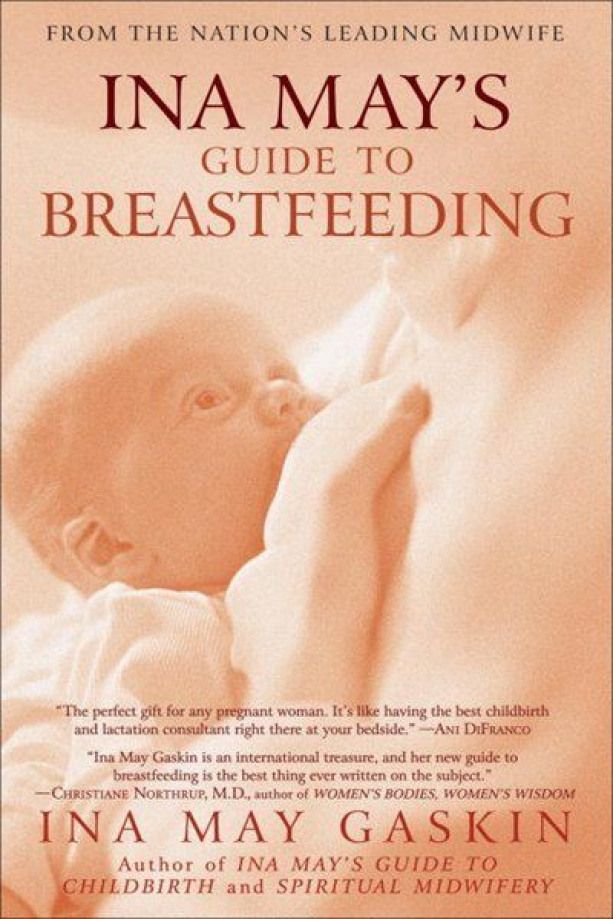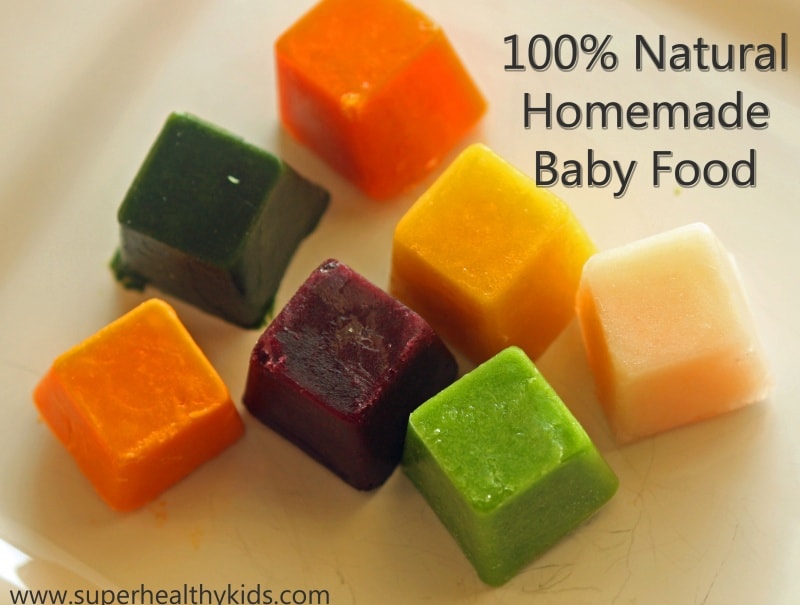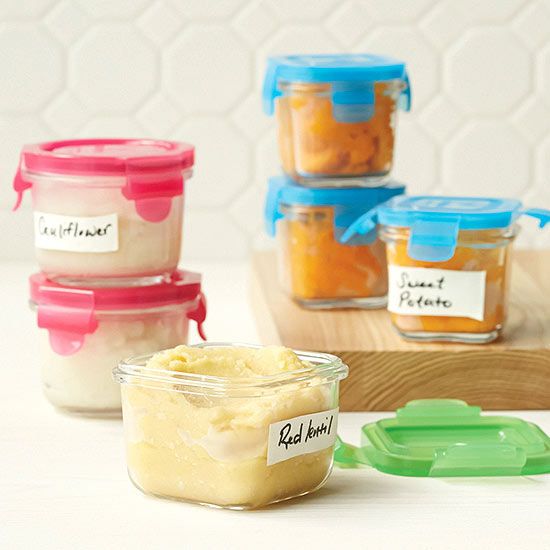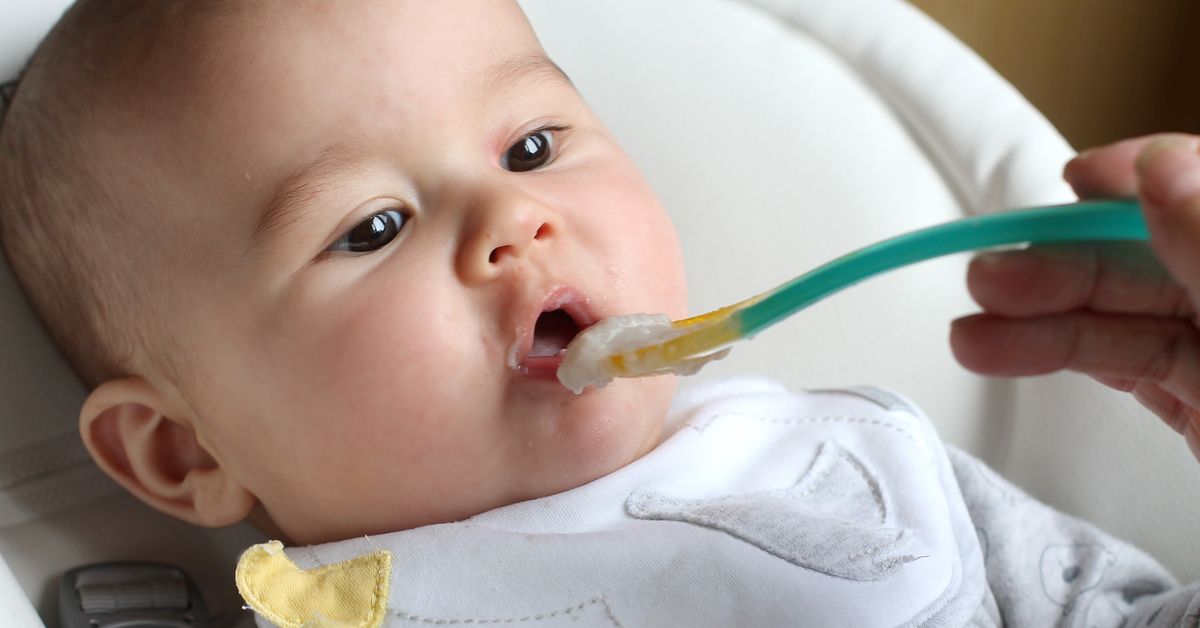Feeding net for babies
Ultimate Guide to Baby Feeders: Mesh and Silicone
You may have seen baby feeders, whether mesh or silicone, and wondered what they are for. They are a great tool for feeding babies and toddlers—and are especially awesome for teething relief. There are many on the market though, so today I’m sharing the best of the best.
Baby Feeder
A baby feeder is made up of an easy-hold handle and a little pouch with lots of holes. The idea is that the holes allow some of the flavor and texture of the food to come out, without the concerns that may come with larger pieces of food.
This means you can worry less when it comes to choking risks.
One thing to keep in mind: They don’t allow babies to have the full texture experience of the food—since the texture is mostly the mesh of the feeder. That means you don’t want to use one of these for every meal (or even most meals).
Lots of exposures to lots of textures helps babies and toddlers gain confidence in handling all sorts of foods, which can make feeding kids a lot easier over the long run.
But an infant feeder can be a handy tool to have in the mix, especially if on the go, starting to transition to baby food, or trying out a new food that has you a little nervous.
And they are a great way to offer cold teething relief to soothe baby’s gums.
Baby Fruit Feeder
Many people like to use baby feeders to offer fruit, either fresh or frozen, since the product is a safe way for baby to suck on and explore the flavor of a wide range of fruit.
TIP: Another name for this is Baby Fruit Pacifier.
Best Baby Food Feeders
Below are my top picks for infant feeders chosen for ease of use, durability, and ease of care (as in washing!). There are different materials listed, as well as specific information on each product.
Best Mesh Feeder
Munchkin Baby Feeder, sold in a set of two. (Or choose the ones that come with travel caps.)
This baby feeder has a streamlined, simple design of a mesh bag for the food and a ring for baby to hold onto. Small, digestible pieces of food come through so baby is getting some nourishment (and comfort if using for teething) without the risk of choking. It’s about $7 for two of them.
Small, digestible pieces of food come through so baby is getting some nourishment (and comfort if using for teething) without the risk of choking. It’s about $7 for two of them.
Best Silicone Feeder
Boon Silicone Feeder
This baby feeder, which is priced at under $6, is made from durable silicone and can be used with fresh or frozen foods. The interior stem forces food toward the tiny holes in the feeder and the small handle is sized just right for baby’s little hands.
Kidsme Baby FeederBaby Feeder Pacifier Combo
Kidsme Food Feeder
This popular Kidsme feeder has a replaceable silicone pouch that comes in two sizes, so you can adjust and replace as your child grows. It has a unique handle style that some babies may prefer and can be used as a pacifier too. It’s usually priced around $15 and is recommended for ages 4-24 months.
What baby foods should I put into a baby feeder?
Here are some fruits that are good to serve in a baby feeder:
- Raspberries, fresh or frozen
- Strawberries, fresh or frozen
- Blackberries, fresh or frozen
- Cantaloupe
- Honeydew
- Banana
- Mango, fresh or frozen
- Roasted sweet potato
- Roasted butternut squash
- Ripe fresh pear
- Fresh cucumber, skin removed
- Watermelon
- Cooked red meat such as steak
- Frozen grapes (These are NOT safe served to a child this age in any other way as they are a choking risk.
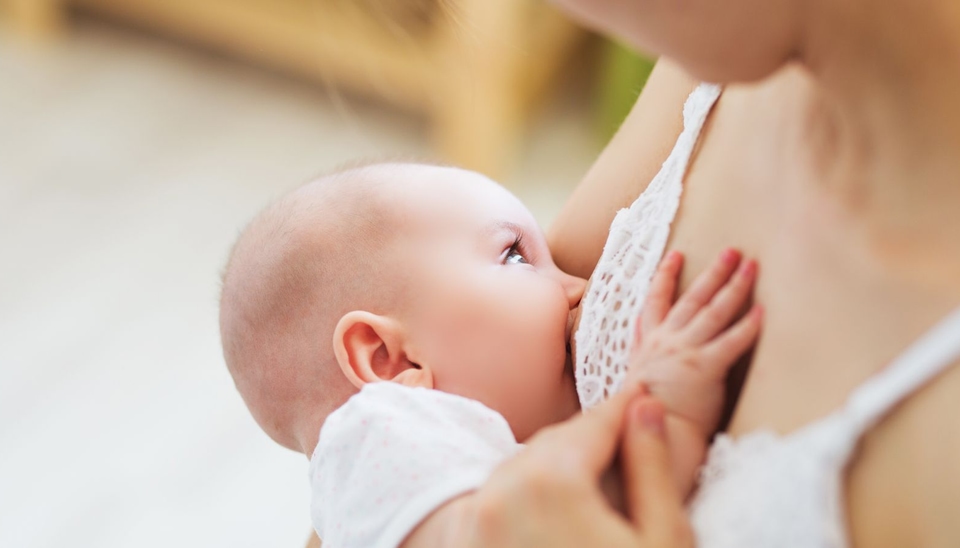 They are fine served inside the feeder, though.)
They are fine served inside the feeder, though.)
TIP: You can use frozen fruit or ripe fresh fruit that’s soft and easy to gum. Avoid any fruits or veggies that are very hard as baby may be frustrated by that texture.
Frequently Asked Questions
What age can baby use a mesh feeder?
Babies can use an infant feeder soon after starting solids around 6 months, or when they can easily hold it and bring it to their mouth.
How do I use a baby feeder to help with teething?
If you fill the feeder, whether mesh or silicone, with frozen fruit, you can soothe teething in infants who are eating solids or in toddlers. It’s cold and yummy, yet requires no real work for the child to suck on, so it’s comforting.
Are all of these baby feeders BPA-free?
Yes, if you choose a mesh baby feeder or one made from silicone, they are BPA-free.
What’s the best way to clean a baby feeder?
Try using a bottle brush or just running water to clean out the mesh. It should be fairly easy to clean if you avoid letting it sit too long with food in it!
Are baby feeders good for babies?
The one downside could be that if you rely on them too much, the child learns the texture of the feeder, rather than of the food. This can make it harder for a child to learn to move actual food around in their mouths and harder for them to accept a range of textures in the future when you don’t want to be using the mesh feeder as much.
Because of that, I recommend using this product at limited times such as when on the go at a restaurant or to help sooth a teething infant, baby, or toddler.
This is not recommended as a way to feed your child at every meal.
If you are worried about choking, review this information on toddler choking and trust that if you serve foods that are easy to squish between your fingers, baby is sitting down at meals, and you are with them, they will learn to eat like so many other kids who have gone before them!
You May Also Like
- Best Baby Puffs
- Favorite Sippy Cups
- Best Snack Containers
- Best Lunch Boxes
- Favorite Suction Bowls
- Top High Chairs
I’d love to hear your thoughts on baby feeders in general or on these specific products, so please comment below to share!
This post was first published May 2019.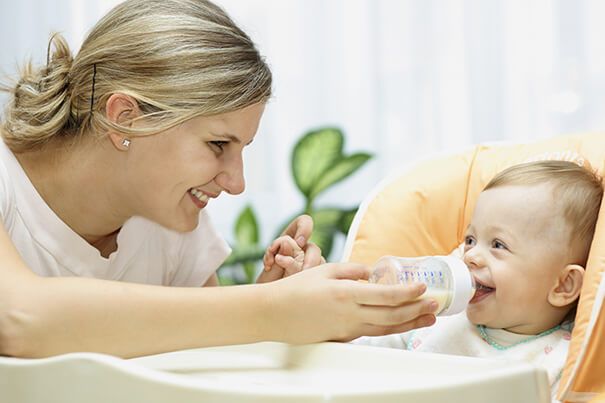
5 Reasons Your Baby Needs A Mesh Feeder
Mesh feeders are one of the most used “tools” in my feeding therapy toolbox so it’s no surprise that they made their way into my mom life...
Before I share 5 benefits of a mesh feeder, it’s worth clarifying that I’ll use the term Mesh Feeder to also include silicone feeders and I’ll give my quick 2 cents at the end of this article about which I prefer.
And before we dive in, I also think it’s worth mentioning that for many generations before these fancy newfangled baby gadgets came onto the scene, mamas were making little pouches with cheesecloth to give to their babies to chew on. Pretty cool, huh?
1. Offers Baby-Safe Chewing PracticeWe take chewing for granted but it actually requires a lot of coordination, strength and endurance of the muscles of the jaws, cheeks and tongue. These aren’t skills and strengths your baby is born with; they develop through practice.
A mesh feeder offers baby chewing practice with textures, sizes and shapes of foods that they otherwise might not be ready to safely eat. Learn more about how to progress from the easiest solids to hardest solids.
Learn more about how to progress from the easiest solids to hardest solids.
Mesh feeders can help reluctant or hesitant new feeders transition to solids. Texture aversion isn’t always a sensory issue. One of the other primary reasons babies avoid transitioning to solids is that they don’t yet have the oral motor coordination skills for solids to feel safe.
When baby doesn’t yet have control of where the food is in the mouth, it can get too far back on the tongue before it’s thoroughly chewed or gathered into a bolus (which is a fancy word for ready-to-swallow food blob). This often triggers a gag and a refusal of the food or texture.
A mesh feeder allows baby to experience solids in the mouth and begin to develop the requisite oral motor skills for safe feeding in a way that feels safe and positive. Offer the mesh feeder at the beginning of meals filled with a food that’s safe for baby to eat without the feeder. Once baby shows interest in the feeder, offer the same food without the feeder. No forcing, coercing or tricking baby into taking bites, simply offer and show baby how you eat the food (with fingers, spoon, etc.)
Once baby shows interest in the feeder, offer the same food without the feeder. No forcing, coercing or tricking baby into taking bites, simply offer and show baby how you eat the food (with fingers, spoon, etc.)
A mesh feeder offers baby an easy-to-grasp handle and requires less motor coordination than a spoon or finger feeding baby-safe bites of solids. It’s also less messy than finger feeding and so it poses less of a sensory challenge to kiddos with some tactile sensitivity (translation: those who don’t like to feel messy).
So while I strongly encourage families to allow baby-led spoon feeding, finger feeding and messy meals on a regular basis, I’ve seen a mesh feeder offer a nice beginner step for kiddos who are resistant to feeding themselves. Learn more about supporting self-feeding skills.
4. Soothes Sore Teething GumsMesh feeders are perfect for easing the discomfort of teething.
For a baby who hasn’t yet started solids fill it with ice, frozen breastmilk or formula.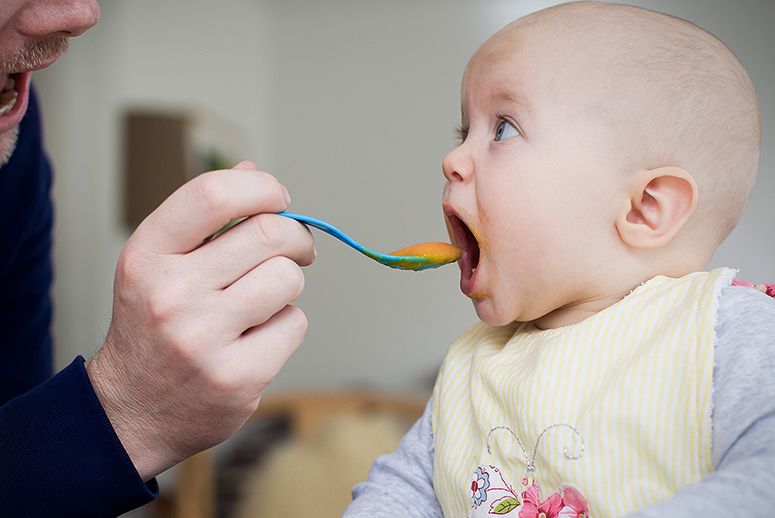 For an older baby who’s started eating foods, frozen fruit is also a perfect mesh feeder filler.
For an older baby who’s started eating foods, frozen fruit is also a perfect mesh feeder filler.
Mesh feeders are one of my go-to’s for keeping the peace in my house in those final frantic minutes before dinner.
You know - the time of day when your patience is worn thin, the kiddos are hungry and cranky and you just need a few minutes to get dinner on the table. Frozen fruit or ice in a mesh feeder keeps even my 2 and 3.5 year olds happy and gives them a little blood sugar boost to keep the hangries away.
Recommended Feeders
This page includes affiliate links, which means I earn a small commission when you purchase products through these links. I only link to products I use or love. Thanks for supporting CanDo Kiddo. See my disclosure page for more information.
Mesh or silicone - which one to choose? This really boils down to preference as there isn’t any big developmental difference between the two.
Mesh feeders tend to be bigger so i do love that I can easily fit larger foods and whole pieces of ice in them. But silicone definitely wins out for ease of cleaning. If you do opt for mesh, simply drop it in a cup of water to soak if you can’t clean it immediately after use (which is often in my house!).
The two brands I recommend are:
Ashtonbee Silicone Feeder
Munchkin Mesh Feeder
Stop the endless internet searches and crowdsourcing questions.
Get clear, expert advice from a baby feeding professional about the best foods, techniques, gear and safety tips for happy, relaxed mealtimes with your little one.
Just listen to how excited, confident and successful first-time mom Molly was on her FIRST DAY of feeding her baby:
"We started solids today and are following your Food Before One course. Today when I handed her a pre-loaded spoon with butternut squash, she went to town! So exciting!"
What is a nibbler for feeding: how to choose a nibbler (photo)
The first months of a baby's life have passed and it's time to introduce him to solid food. Yes, and how you want to pamper him with new delicacies - fresh fruits and vegetables. If the baby has already tasted plant foods in the form of all kinds of purees, and you want to treat him, for example, with a fresh apple or carrot, then the nibbler will become an indispensable and safe assistant in this matter.
Yes, and how you want to pamper him with new delicacies - fresh fruits and vegetables. If the baby has already tasted plant foods in the form of all kinds of purees, and you want to treat him, for example, with a fresh apple or carrot, then the nibbler will become an indispensable and safe assistant in this matter.
Contents of the article
- 1 Nibbler: what is it, what is it for and how to choose the right nibbler
- 2 What can be put in a nibbler
- 3 How to use a nibbler
- 4 At what age can a baby be given a nibbler
- 5 Safety rules when using a nibbler
- 6 Is it worth teaching a child to a dummy
The baby, without the risk of choking and swallowing a piece of unground food, chews on a mesh filled with it of a special invention - a nibbler. Simply put, this is a special mesh for safe chewing, where the product is placed. Using this device helps to teach the baby to chew.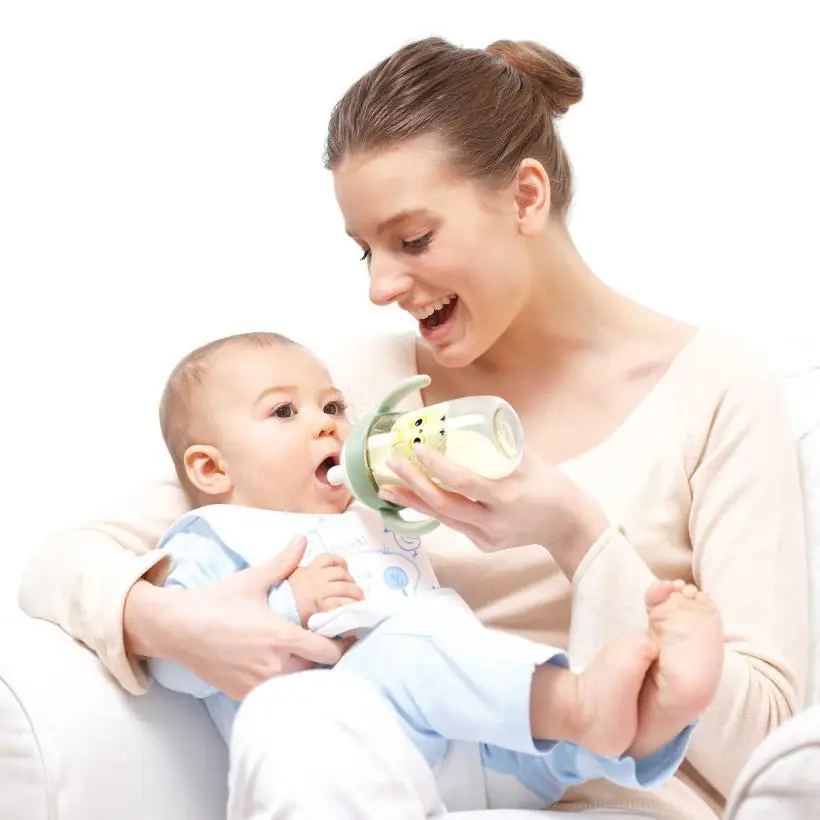 It is sometimes called a fruittaker. It is more correct to call the device feeder. The name comes from the English feeder (feeder, feeder, breadwinner). Initially, feeders were sold in Russia under the Nibbler brand of the Nuby company. So the name "nibbler" appeared.
It is sometimes called a fruittaker. It is more correct to call the device feeder. The name comes from the English feeder (feeder, feeder, breadwinner). Initially, feeders were sold in Russia under the Nibbler brand of the Nuby company. So the name "nibbler" appeared.
The device helps the child learn a new form of food and allows the mother to find time for other activities or leisure. After all, a daughter or son will be happy to chew a net with a treat, and at this time, mom will have time to cook dinner or enjoy the silence.
Attention: never leave a child with a nibbler unattended.
There are two types of nibblers available in children's stores:
- Nibbler with mesh made of special fabric
- Nibbler with silicone mesh
Both types are available in different colors with ring or wand handle. Which one to choose, each mother decides for herself.
Feeder with fabric mesh looks like this:
Nibbler consists of a replaceable mesh, fixing ring, ergonomic handle.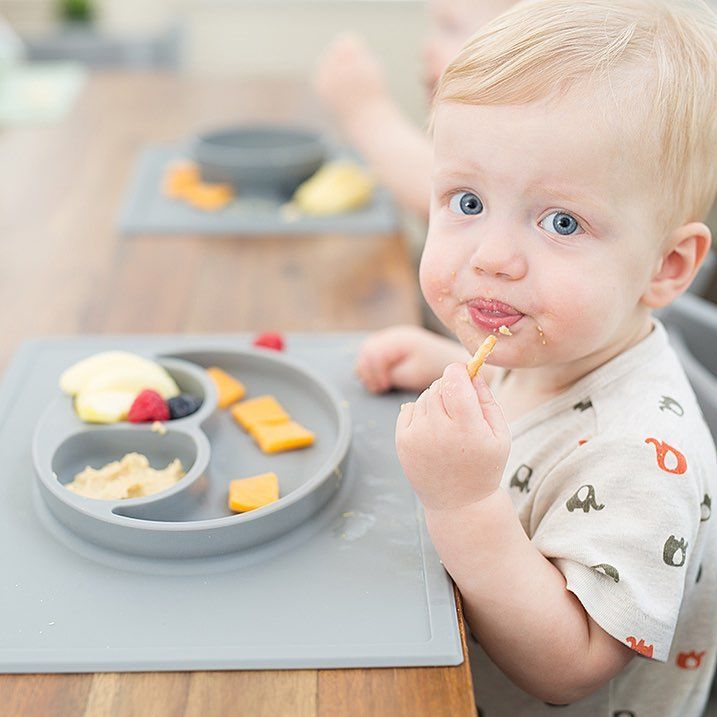 In some devices, there is an internal lid or a water container built into the handle, which, when cooled, allows you to keep the product fresh longer. The cap-cap is put on the grid itself and tightly adjoins the handle.
In some devices, there is an internal lid or a water container built into the handle, which, when cooled, allows you to keep the product fresh longer. The cap-cap is put on the grid itself and tightly adjoins the handle.
Replacement mesh can be used up to 3 months. After it is recommended to replace it. Replacement nets for nibbler are sold separately or in a set of several pieces. They are white and colored, universal or for a particular brand of nibbler. Mesh parts are made of durable and safe materials, do not contain harmful substances. Replaceable mesh is securely attached to the plastic handle. Pieces of food will not pass through the holes in the grid.
Silicone mesh feeder looks like this:
Silicone feeder (nibbler) It is also made from environmentally friendly materials. This mesh is easy to clean. It is necessary to replace the mesh if it is damaged or purchase a new nibbler. When the first teeth appear, a child chewing with zeal can gnaw through the silicone part.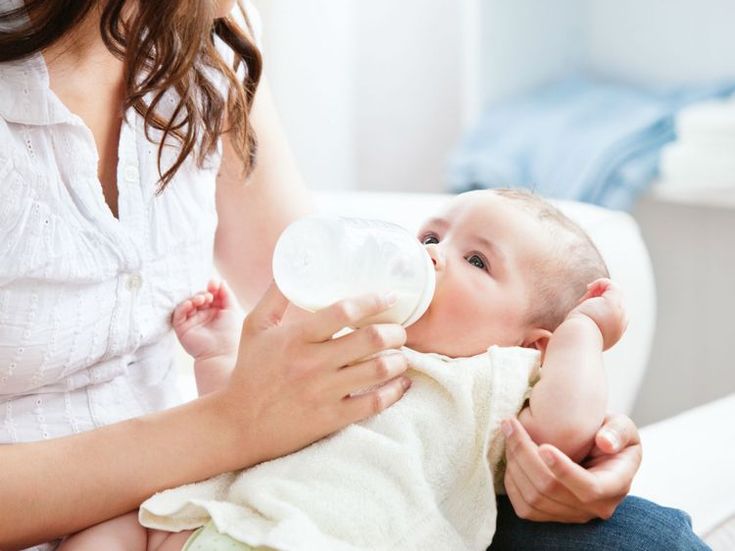
Many moms find the silicone nibbler more practical and comfortable.
What can be put in a nibbler
At a time when our grandmothers were still young mothers, children put some bread in a piece of gauze, wrapped it up and gave it to chew. It was the first kind of mesh for chewing. With the help of a modern nibbler, the baby can enjoy many products:
- Fruit: apple, banana, pear, avocado
- Berries
- Fresh or cooked vegetables: carrots, cucumbers, courgettes, etc.
- A piece of boiled meat
- Drying or bread
Attention: put in the nibbler products suitable for the age of the baby.
How to use the nibbler
Before giving it to your baby, follow a few simple steps:
- After separating the nibbler into parts, wash with hot water and soap or a special detergent for washing children's dishes
- Rinse thoroughly with boiled water. This should be done after each use of the mesh
- Put the prepared food into the mesh by screwing the lid with handle tightly
- If the fixture has a liquid cooling container, you can first place the nibbler briefly in the refrigerator (not the freezer).
 This will keep the fruit or vegetable fresh longer
This will keep the fruit or vegetable fresh longer - We offer the baby to take the nibbler in the pen, and the mesh in the mouth. Keeping an eye on the baby does not choke on fruit juice or saliva
- After use, wash every part of the fixture, paying particular attention to the mesh itself
- Cleaned feeder should be dried
Attention: Over time, the fabric of the mesh may darken or stain with berry juice. In this case, replace the grid.
At what age can you give your baby a Nibbler
You can give a Nibbler to your baby after weaning. To avoid allergic reactions, you need to give products that the child has already met in a puree state.
Traditionally, complementary foods should be started at 6 months of age. It is this age that is indicated on the packaging of the feeder. However, due to individual characteristics, the doctor recommends that some babies start complementary foods from 4 to 5 months. Such children can start using the nibbler earlier.
Tip: when choosing a nibbler for a baby under six months old, it is worth choosing a smaller model. For a 6 month old, buy a larger chew net.
Nibbler Safety Rules
The nibbler is a safety device, but it is essential to supervise the baby while using it and follow some safety precautions:
Advantages of using a nibbler
Every baby will sooner or later learn to chew food, but a nibbler will speed up this process. Here are the undoubted advantages of its use:
- Chewing on the nibbler mesh, the baby is safe, and the parents are calm. He will not choke on a large particle. The baby gnaws on the mesh, turning its contents into mush and sucking out the juice
- In difficult times of teething, the feeder will be a great helper.
 The braided mesh massages baby's itchy and swollen gums, making it easier for baby teeth to come in. Place chilled fruit slices in the net: this will relieve the pain of the child's sore gums
The braided mesh massages baby's itchy and swollen gums, making it easier for baby teeth to come in. Place chilled fruit slices in the net: this will relieve the pain of the child's sore gums - Convenient to use the nibbler while walking. Sitting in the stroller, the baby enjoys his favorite fruit, and the mother does not worry that he will choke
- The bright colors and details of the nibbler are pleasing to the eye and attract the attention of the child, bringing joy
- Nibbler is very convenient to use. All parts are easy to clean
Is it worth teaching a baby to use a pacifier
In addition to the nuances of starting complementary foods, all mothers are interested in the issue of using a pacifier. Should the baby be forced to suck on a pacifier or under no circumstances should it be given? You can often hear from grandmothers and girlfriends that this is extremely harmful. Is it so?
Even in ancient times, there were various prototypes of a modern latex or silicone pacifier: pebbles smoothed with water, leather teats from the udder of cows, shreds in honey syrup. They, like the modern pacifier, were designed to satisfy the main reflex of the baby - the desire to suck. The pacifier has nothing to do with feeding the child, but can only give the baby peace of mind, and parents the cherished minutes of silence. For babies, sucking on a pacifier helps them fall asleep because it satisfies the primary sucking reflex.
They, like the modern pacifier, were designed to satisfy the main reflex of the baby - the desire to suck. The pacifier has nothing to do with feeding the child, but can only give the baby peace of mind, and parents the cherished minutes of silence. For babies, sucking on a pacifier helps them fall asleep because it satisfies the primary sucking reflex.
Lactation consultants do not recommend giving a pacifier to a baby if the mother is not getting enough milk. Let the baby satisfy the reflex by applying to the mother's breast, thereby stimulating lactation. Most pediatricians around the world have nothing against a pacifier for babies in the first six months of life. But do not force the baby to suck on the pacifier against his will. If the baby refuses to take a pacifier, he simply does not need it.
Modern nipples are harmless and do not affect bite formation in any way. Soothers are convenient, because first of all they were invented to free mom and dad some time.
Nowadays, mothers are lucky, because there are many thoughtful and convenient devices and gizmos.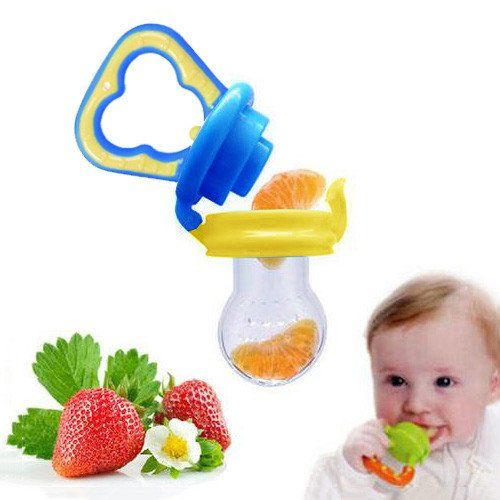 The kid will never get bored, he will be satisfied and full. Nibbler is the right tool. Of course, you can do without it, but you should not deny yourself the convenience, and the baby in pleasure.
The kid will never get bored, he will be satisfied and full. Nibbler is the right tool. Of course, you can do without it, but you should not deny yourself the convenience, and the baby in pleasure.
Nibler - an introduction to the world of bright flavors!
- Main
- To help mom
- Feeding
- Nibbler - an introduction to the world of bright flavors!
For the first few months of life, a small child is satisfied with the most important and useful treat in his life - mother's milk. However, closer to the age of six months, the time comes for the baby to get acquainted with solid food, which in the future will become the basis of his daily diet. Vegetable and fruit purees not only give the child the opportunity to get acquainted with new amazing tastes, but also allow his gastrointestinal tract to adapt to solid "adult" food. But, you see, sometimes you really want your beloved baby to try fruits or vegetables in their original form, without heat or mechanical processing! In addition, a whole piece of an apple or carrot will bring much more benefit to the child's body than grated homogeneous puree.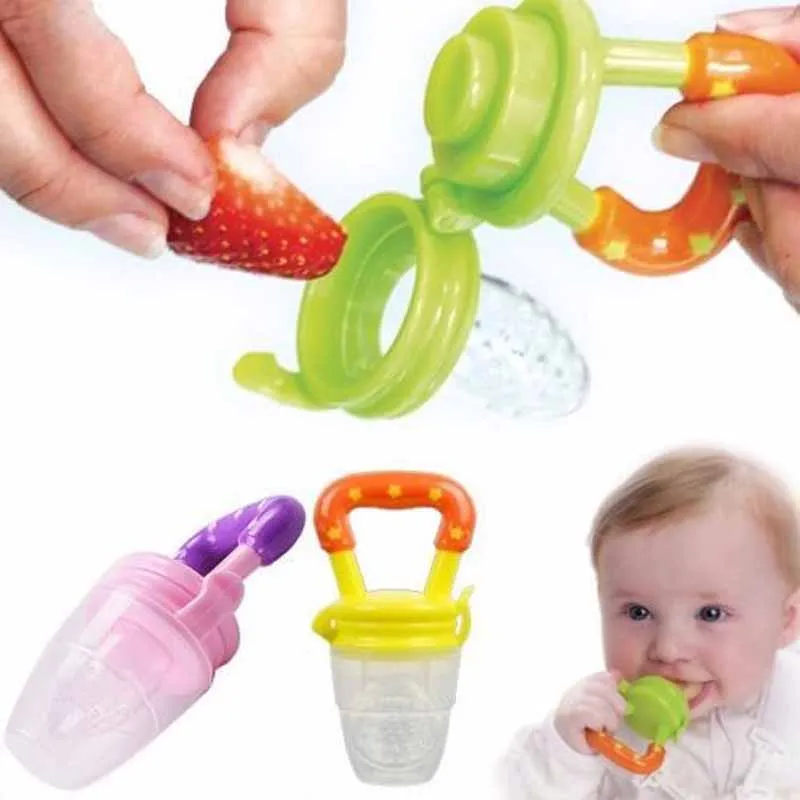 It is in this case that a modern gadget will come to the rescue - a nibbler! Thanks to this device, the child can enjoy new tastes, and parents do not have to worry about choking on a piece of solid food.
It is in this case that a modern gadget will come to the rescue - a nibbler! Thanks to this device, the child can enjoy new tastes, and parents do not have to worry about choking on a piece of solid food.
Nibbler selection rules
Let's start with the fact that the history of the name of this gadget resembles the history of such names as diapers and copiers. The device itself is called a feeder from the English word feeder, which translates as “feeder”, “breadwinner”. The first feeders in the CIS countries appeared several years ago, and the company that supplied them to the post-Soviet market was called Nibbler. Since then, all feeders have been called nibblers.
Nibbler, feeder or fruittaker, as it is sometimes called, is a device consisting of an ergonomically shaped handle, a fixing ring and a mesh for safe eating. Inside the mesh, which is screwed to the handle, put a piece of fruit or vegetable, then screw the fixing ring tightly and offer the baby.![]() A child who does not yet have teeth, with pleasure kneads food with gums and sponges, enjoying natural vegetable or fruit juice and the smallest puree-like particles. At the moment, the trading network presents two varieties of this gadget. They differ from each other in the material from which the mesh is made. In the first case, it is fabric, in the second - silicone. The nibbler handle can be round or stick-shaped.
A child who does not yet have teeth, with pleasure kneads food with gums and sponges, enjoying natural vegetable or fruit juice and the smallest puree-like particles. At the moment, the trading network presents two varieties of this gadget. They differ from each other in the material from which the mesh is made. In the first case, it is fabric, in the second - silicone. The nibbler handle can be round or stick-shaped.
Which option should you choose? If we talk about nibblers with fabric meshes, they have a number of advantages. Firstly, the fabric has a rough texture, so it perfectly massages the child's itchy gums. Secondly, this material is absolutely safe, as it is made of natural cotton. However, this advantage is also a disadvantage. The fact is that many fruits and vegetables contain natural pigments that color the mesh. After cleaning and even boiling, it is unlikely that it will be possible to achieve the original color of the fabric. In addition, fabric nets have a limited service life - they can be used for no longer than three months. After that, it is necessary to replace the mesh with a new one. Fortunately, today this is not a problem, as the nets are sold separately. Yes, and cases when children use a nibbler for more than three months are rather an exception. In addition, you can purchase a mesh of any color, which will solve the problem with its coloring.
After that, it is necessary to replace the mesh with a new one. Fortunately, today this is not a problem, as the nets are sold separately. Yes, and cases when children use a nibbler for more than three months are rather an exception. In addition, you can purchase a mesh of any color, which will solve the problem with its coloring.
Silicone mesh nibblers are great because they are very easy to clean. It is enough to remove impurities with running water and treat the mesh with boiling water. The life of the mesh is unlimited, but it is impossible to use such a nibbler when the first teeth appear, because the child can gnaw through the mesh and choke on a small piece of it. Despite this drawback, many mothers prefer silicone meshes, considering them more practical. Sets of interchangeable silicone meshes are presented in a wide range.
Nibbler is simply indispensable if the crumbs have begun the process of teething. His itchy gums are perfectly massaged with a rather rigid mesh.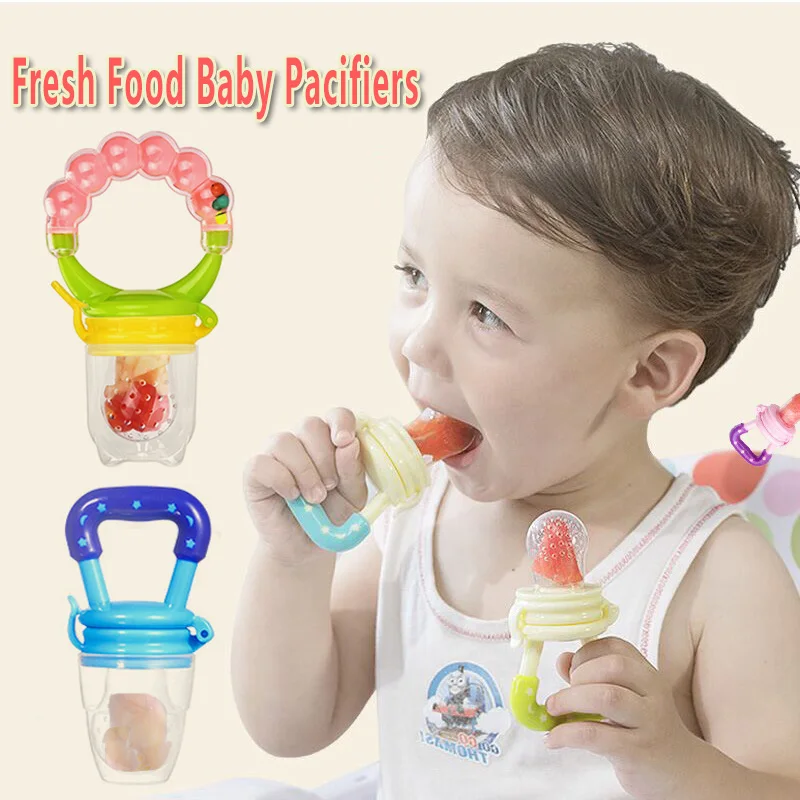 To enhance the effect, you can cool the pieces of food to the minimum acceptable temperature. In addition, thanks to the nibbler, parents will have free time, because a child engaged in an exciting activity will not be distracted from cleaning, preparing dinner or other household chores. However, do not forget that leaving the baby alone with the nibbler, despite all its safety, is prohibited!
To enhance the effect, you can cool the pieces of food to the minimum acceptable temperature. In addition, thanks to the nibbler, parents will have free time, because a child engaged in an exciting activity will not be distracted from cleaning, preparing dinner or other household chores. However, do not forget that leaving the baby alone with the nibbler, despite all its safety, is prohibited!
Baby Treats
What can I fill the nibbler mesh with? In the distant past, our grandmothers treated our little parents to a piece of bread wrapped in gauze and tied with a knot. Today, thanks to the advent of nibblers, the range of treats for kids has expanded significantly. You can put pieces of fruit, berries, vegetables, boiled meat, cookies, and the same bread in the net. In general, everything that can be given to a child of the appropriate age!
If you still do not know how to use a nibbler, but have become the owner of this modern gadget, we suggest that you familiarize yourself with the simple rules for its operation. The first step is to process all the details of the gadget, taking it apart, washing it with soap and pouring boiling water over it. After that, it is necessary to put products in the mesh, and then screw it tightly to the handle. You can put the nibbler in the refrigerator for a few minutes to cool the product and deliver maximum pleasure to the child's gums. Invite the child to take the nibbler, placing his hand comfortably on the handle of the device, and put the net in his mouth. In less than a minute, the little explorer will understand how to use this miracle contraption! After use, the nibbler should be disassembled, thoroughly washed and dried in all its parts.
The first step is to process all the details of the gadget, taking it apart, washing it with soap and pouring boiling water over it. After that, it is necessary to put products in the mesh, and then screw it tightly to the handle. You can put the nibbler in the refrigerator for a few minutes to cool the product and deliver maximum pleasure to the child's gums. Invite the child to take the nibbler, placing his hand comfortably on the handle of the device, and put the net in his mouth. In less than a minute, the little explorer will understand how to use this miracle contraption! After use, the nibbler should be disassembled, thoroughly washed and dried in all its parts.
Safety Instructions
The Nibbler is a completely safe device, but only if parents follow the rules for its use. Firstly, leaving a child unattended while using a nibbler is strictly prohibited! Secondly, the presence of any damage, chips, cracks and other defects on the gadget excludes the possibility of its operation.


